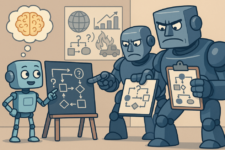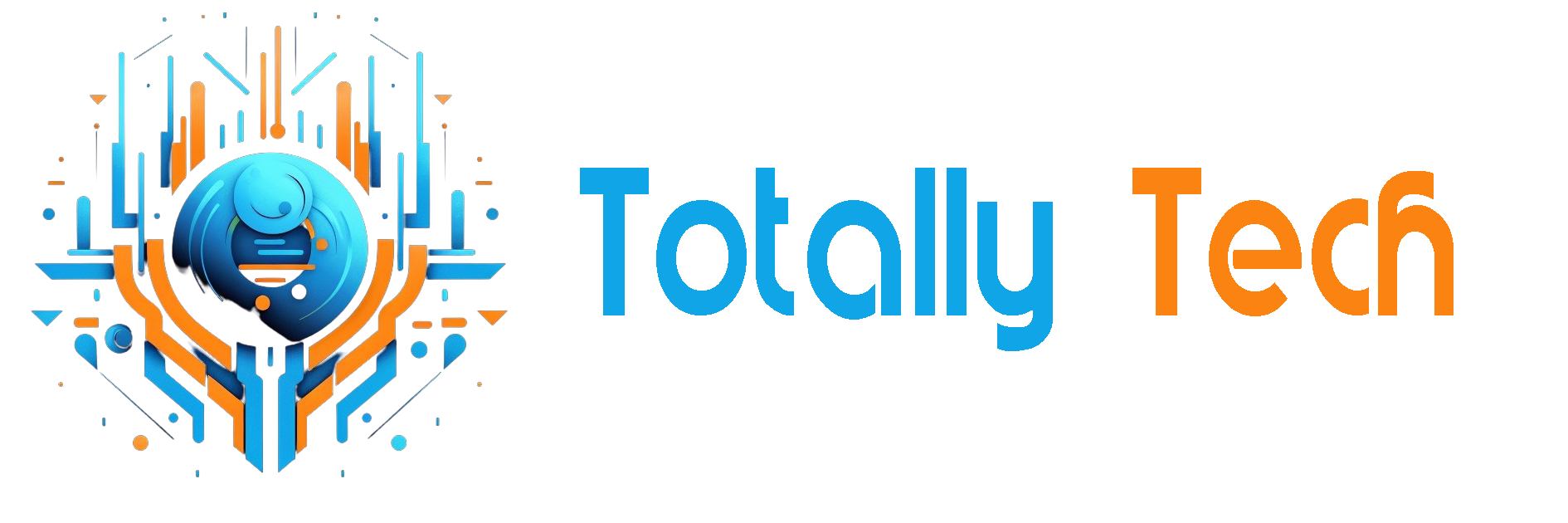
In recent years, the AI field has been captivated by the success of large language models (LLMs). Initially designed for natural language processing, these models have evolved into powerful reasoning tools capable of tackling complex problems with human-like step-by-step thought process. However, despite their exceptional reasoning abilities, LLMs come with significant drawbacks, including high computational costs and slow deployment speeds, making them impractical for real-world use in resource-constrained environments like mobile devices or edge computing. This has led to growing interest in developing smaller, more efficient models that can offer similar reasoning capabilities while minimizing costs and resource demands. This article explores the rise of these small reasoning models, their potential, challenges, and implications for the future of AI.
A Shift in Perspective
For much of AI’s recent history, the field has followed the principle of “scaling laws,” which suggests that model performance improves predictably as data, compute power, and model size increase. While this approach has yielded powerful models, it has also resulted in significant trade-offs, including high infrastructure costs, environmental impact, and latency issues. Not all applications require the full capabilities of massive models with hundreds of billions of parameters. In many practical cases—such as on-device assistants, healthcare, and education—smaller models can achieve similar results, if they can reason effectively.
Understanding Reasoning in AI
Reasoning in AI refers to a model’s ability to follow logical chains, understand cause and effect, deduce implications, plan steps in a process, and identify contradictions. For language models, this often means not only retrieving information but also manipulating and inferring information through a structured, step-by-step approach. This level of reasoning is typically achieved by fine-tuning LLMs to perform multi-step reasoning before arriving at an answer. While effective, these methods demand significant computational resources and can be slow and costly to deploy, raising concerns about their accessibility and environmental impact.
Understanding Small Reasoning Models
Small reasoning models aim to replicate the reasoning capabilities of large models but with greater efficiency in terms of computational power, memory usage, and latency. These models often employ a technique called knowledge distillation, where a smaller model (the “student”) learns from a larger, pre-trained model (the “teacher”). The distillation process involves training the smaller model on data generated by the larger one, with the goal of transferring the reasoning ability. The student model is then fine-tuned to improve its performance. In some cases, reinforcement learning with specialized domain-specific reward functions is applied to further enhance the model’s ability to perform task-specific reasoning.
The Rise and Advancements of Small Reasoning Models
A notable milestone in the development of small reasoning models came with the release of DeepSeek-R1. Despite being trained on a relatively modest cluster of older GPUs, DeepSeek-R1 achieved performance comparable to larger models like OpenAI’s o1 on benchmarks such as MMLU and GSM-8K. This achievement has led to a reconsideration of the traditional scaling approach, which assumed that larger models were inherently superior.
The success of DeepSeek-R1 can be attributed to its innovative training process, which combined large-scale reinforcement learning without relying on supervised fine-tuning in the early phases. This innovation led to the creation of DeepSeek-R1-Zero, a model that demonstrated impressive reasoning abilities, compared with large reasoning models. Further improvements, such as the use of cold-start data, enhanced the model’s coherence and task execution, particularly in areas like math and code.
Additionally, distillation techniques have proven to be crucial in developing smaller, more efficient models from larger ones. For example, DeepSeek has released distilled versions of its models, with sizes ranging from 1.5 billion to 70 billion parameters. Using these models, researchers have trained comparatively a much smaller model DeepSeek-R1-Distill-Qwen-32B which has outperformed OpenAI’s o1-mini across various benchmarks. These models are now deployable with standard hardware, making them more viable option for a wide range of applications.
Can Small Models Match GPT-Level Reasoning
To assess whether small reasoning models (SRMs) can match the reasoning power of large models (LRMs) like GPT, it’s important to evaluate their performance on standard benchmarks. For example, the DeepSeek-R1 model scored around 0.844 on the MMLU test, comparable to larger models such as o1. On the GSM-8K dataset, which focuses on grade-school math, DeepSeek-R1’s distilled model achieved top-tier performance, surpassing both o1 and o1-mini.
In coding tasks, such as those on LiveCodeBench and CodeForces, DeepSeek-R1’s distilled models performed similarly to o1-mini and GPT-4o, demonstrating strong reasoning capabilities in programming. However, larger models still have an edge in tasks requiring broader language understanding or handling long context windows, as smaller models tend to be more task specific.
Despite their strengths, small models can struggle with extended reasoning tasks or when faced with out-of-distribution data. For instance, in LLM chess simulations, DeepSeek-R1 made more mistakes than larger models, suggesting limitations in its ability to maintain focus and accuracy over long periods.
Trade-offs and Practical Implications
The trade-offs between model size and performance are critical when comparing SRMs with GPT-level LRMs. Smaller models require less memory and computational power, making them ideal for edge devices, mobile apps, or situations where offline inference is necessary. This efficiency results in lower operational costs, with models like DeepSeek-R1 being up to 96% cheaper to run than larger models like o1.
However, these efficiency gains come with some compromises. Smaller models are typically fine-tuned for specific tasks, which can limit their versatility compared to larger models. For example, while DeepSeek-R1 excels in math and coding, it lacks multimodal capabilities, such as the ability to interpret images, which larger models like GPT-4o can handle.
Despite these limitations, the practical applications of small reasoning models are vast. In healthcare, they can power diagnostic tools that analyze medical data on standard hospital servers. In education, they can be used to develop personalized tutoring systems, providing step-by-step feedback to students. In scientific research, they can assist with data analysis and hypothesis testing in fields like mathematics and physics. The open-source nature of models like DeepSeek-R1 also fosters collaboration and democratizes access to AI, enabling smaller organizations to benefit from advanced technologies.
The Bottom Line
The evolution of language models into smaller reasoning models is a significant advancement in AI. While these models may not yet fully match the broad capabilities of large language models, they offer key advantages in efficiency, cost-effectiveness, and accessibility. By striking a balance between reasoning power and resource efficiency, smaller models are set to play a crucial role across various applications, making AI more practical and sustainable for real-world use.
The post The Rise of Small Reasoning Models: Can Compact AI Match GPT-Level Reasoning? appeared first on Unite.AI.



